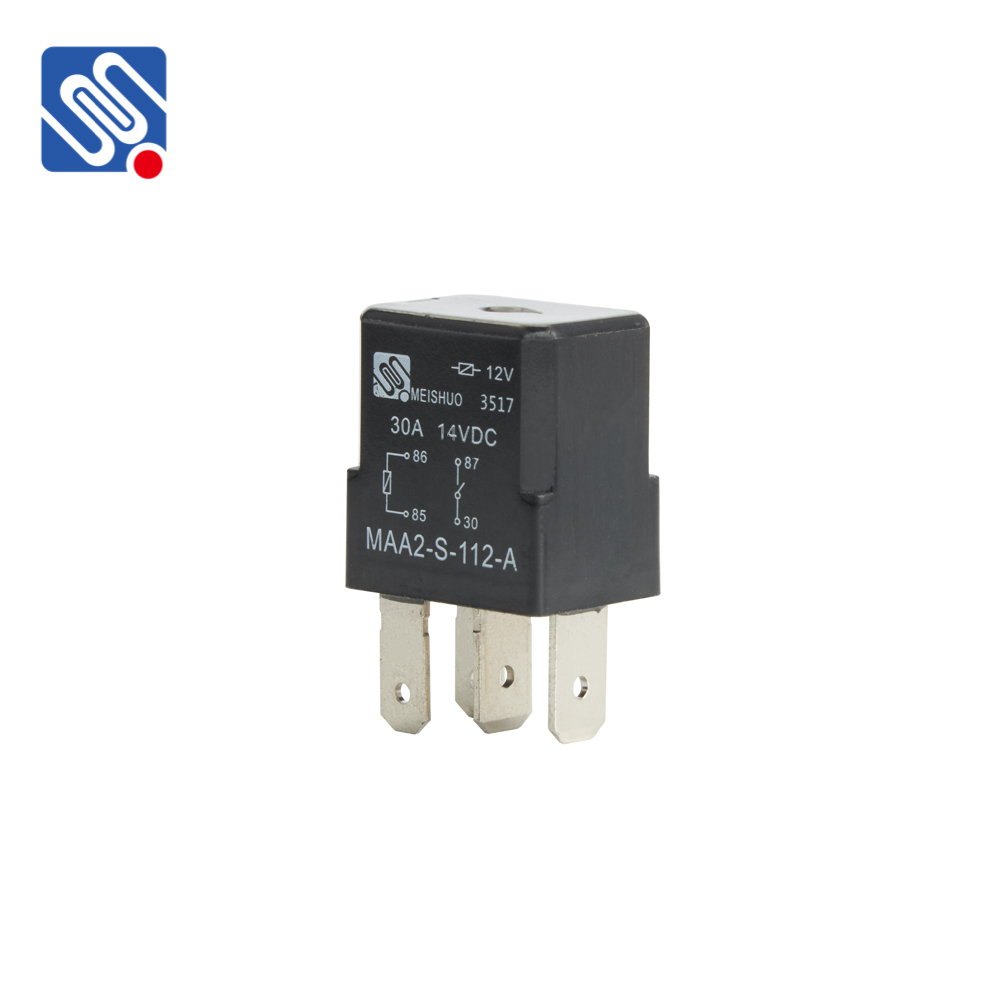Relay current plays a crucial role in the functioning of relay systems, which are used in countless applications, ranging from simple electrical circuits to complex industrial automation systems. Relays act as electrically operated switches, enabling or disabling current flow based on external control signals. In this article, we will explore the concept of relay current, its different forms, and its importance in ensuring the reliable and efficient operation of electrical circuits.

What is Relay Current? Relay current refers to the current that flows through the relay’s components during its operation. This can be divided into two main categories: coil current and contact current. Coil Current (Driving Current): The coil current is the current that flows through the relay’s coil when it is energized. When a voltage is applied across the coil, it generates a magnetic field, which causes the relay’s armature to move, either closing or opening the contacts. This current is usually relatively small compared to the contact current and is responsible for the primary action of the relay.